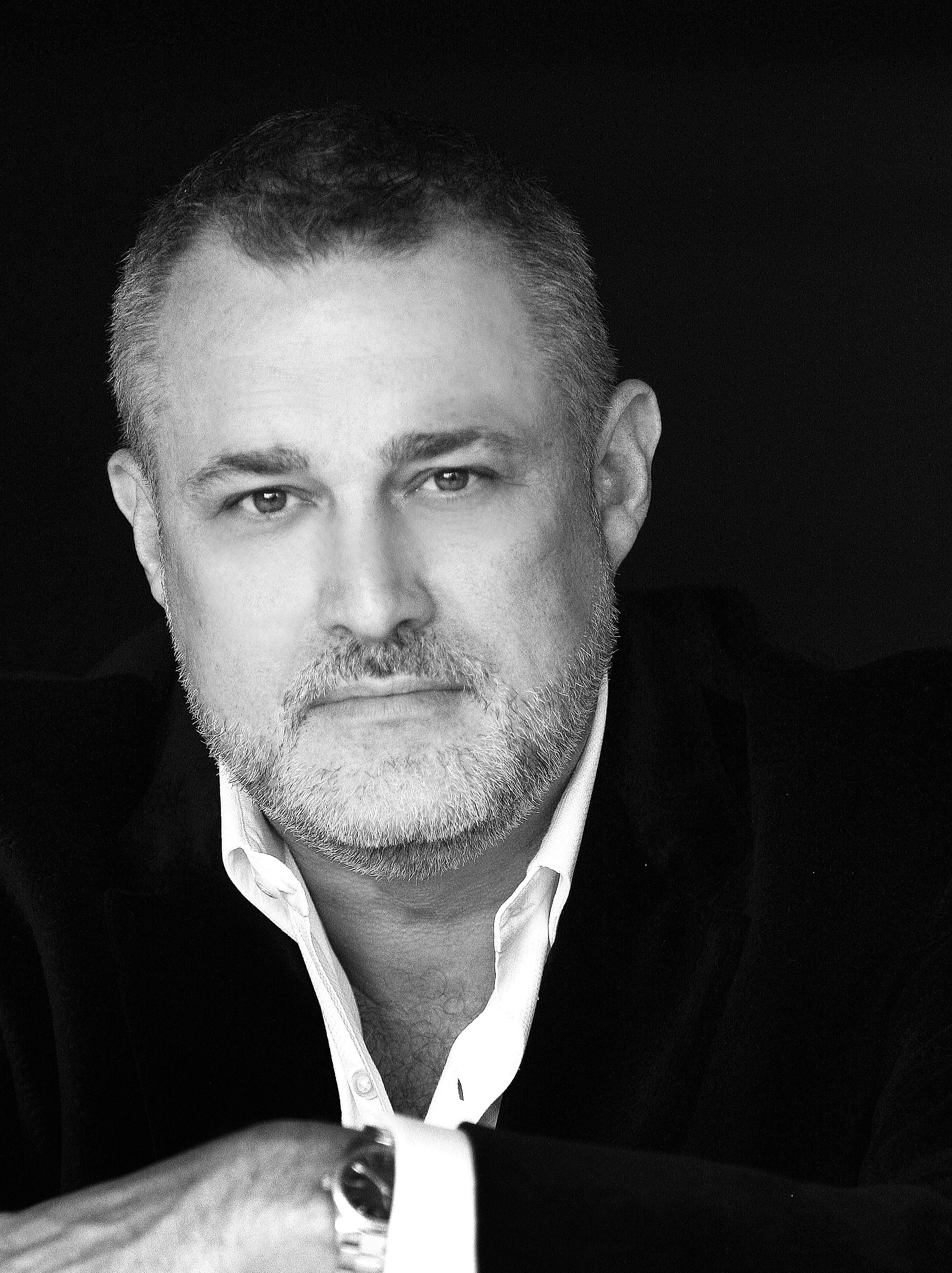From Top Gun to the Pentagon: Lessons from (A Business) Maverick
From Top Gun to the Pentagon: Lessons from (A Business) Maverick https://csuiteold.c-suitenetwork.com/advisors/wp-content/themes/csadvisore/images/empty/thumbnail.jpg 150 150 jeffreyhayzlett https://secure.gravatar.com/avatar/7d20a01ed9c1d91ad616e067720c7767?s=96&d=mm&r=g
Forget Goose and Maverick. I recently had the privilege of talking with an actual former Navy TOPGUN instructor, Commander Guy Snodgrass, on All Business with Jeffrey Hayzlett.
Guy’s military background is impressive in itself, but becoming the best of the best wasn’t easy. Moving up in the military is like any other internal promotion in the business world.
“Whenever you join any of these elite teams within the U.S. military, there’s kind of a rush process that goes along with it,” Guy said. “You have to not only apply. But once you’ve made that application, if you kind of get into that final cut.”
He continued, “Typically, those staffs are going to bring in, and they want to see you perform. They want to see how you handle yourself, how you’re going to be if you’re accepted to be part of those elite teams. TOPGUN is no different.”
TOPGUN training courses only run three times a year for about 12 weeks, and class sizes are 15 to 20 students. From there, only a select few make it to the instructor level. When Guy first arrived at TOPGUN school in Fallon, NV, he thought he had failed his tryout.
“I had gone up against one of the most senior Top Gun instructors — we’re dogfighting. It’s a very dynamic, challenging type of flight. He beat me every single flight.” Guy recalled. “I found myself slouched down in the cockpit thinking ‘Man, I just got destroyed, and there’s no way they’re going to take a guy like me, who just got beat three times and make me part of the staff.’”
Instead of sulking, Guy fell back on his training. During the post-flight debrief, he professionally walked through the part of the flight that caused him problems and talked about what he could learn from the experience.
“I’ll never forget after the debrief, (the instructor) looked at me and said, ‘Yeah, I’m going to recommend you for the TOPGUN staff because the reality is I’ve been a TOPGUN instructor for years. I’ve got a lot of these skills you haven’t developed yet, but you’ve got a lot of passion. You got a lot of talent. You got a lot of personality. That will make you a very good instructor. We can teach you to be a top-notch fighter pilot. That’s something that can be trained, but you have those other innate characteristics that matter,’” Guy recalled. “It was kind of a big surprise that it wasn’t just about performance on every single mission. It was the fact that consistently, over time, you’re always seeing to improve yourself.”
Guy had an innate quality — he was teachable. This is something every employer should look for, and have, within their teams. No one wants a hard-headed worker, at any level, who has a bad attitude. I always say “Adapt, change or die,” and the ability to adapt is an excellent quality for leaders and businesses to have. Skills are teachable, attitude isn’t.
“When I work with c-suites, you’ve got people who are dedicated to lifelong learning. They’re incredibly humble,” Guy said. “They realize that there’s a lot of experts on their teams who want to continue to make the organization better, and it’s about harnessing those skills and directing those talents. As opposed to always being the sole resource within an organization. Typically, senior leaders like that, don’t succeed.”
Another critical trait Guy and I agree leaders should have: values. I like to call them ‘walk away values,’ but Guy keys into one crucial piece that makes up those values.
“The currency that tends to underpin your success is trust,” Guy says. “When you deal with someone, you learn pretty quick, are they a person of their word, are they someone who might be excessively transactional. They’ll tell you one thing to your face and do something different behind your back. The reality is, whether you’re in uniform flying combat mission or handling these major multi-million or multi-billion-dollar deals, people have to be able to trust you.”
Wise words for sure.
He recently released his second book, TOPGUN’S top 10 which highlights key lessons he acquired as an elite fighter pilot that can easily be applied to business and life. I asked what the most important lesson from his book was. He says it’s hard because every situation is different, but he did tell me what he thinks is the most evergreen for people at all stages of your life or career.
“Never wait to make a difference,” Guy said. “It’s about being proactive.”
“We’re all pretty optimized to recognize shortcomings to see the problems to see the friction points within our organization. But there’s truly a very slim number of individuals. Usually, around 10-15% of any organization that will recognize those problems and then kind of look around say ‘Why isn’t anybody fixing this?’ and ‘If not me, then who?’. So, they jump right in, and they not only help become part of the solution to either solve a problem or take advantage of an opportunity that exists. Those (people) typically wind up being those leading individuals that will continue to rise and be very successful, because every business leader wants people like that on their team.”
Another lesson from the book is not to confuse activity with progress. Guy says it’s something everyone finds themselves fighting against, from the military to corporate America.
“You find that it’s very easy to step into a routine,” Guy says. “We’ve all seen this with companies that have meetings that are just regularly scheduled, and they’re just there. People will walk in with the expectation that ‘I’ll learn everything I need at this meeting. I don’t have to come prepared.’”
That couldn’t be further from the truth. While everyone should be prepared, the reality is meetings have changed. In fact, tech giant Google recently made headlines for its new policy “no meetings week.” The way we work has forever changed.
Besides meetings, Guy says many get caught up in daily tasks, making us forget to work on the more strategic goals that will move the needle forward. I call this working in the business and not on the business. It happens to all of us entrepreneurial CEOs at some point.
I want to thank Guy for his insights and advice. I especially appreciate his leadership advice. If you would like to learn more about what it’s like to Pull G’s, his work at the Pentagon, and how Guy earned his call sign “Bus,” listen to the complete interview here.


